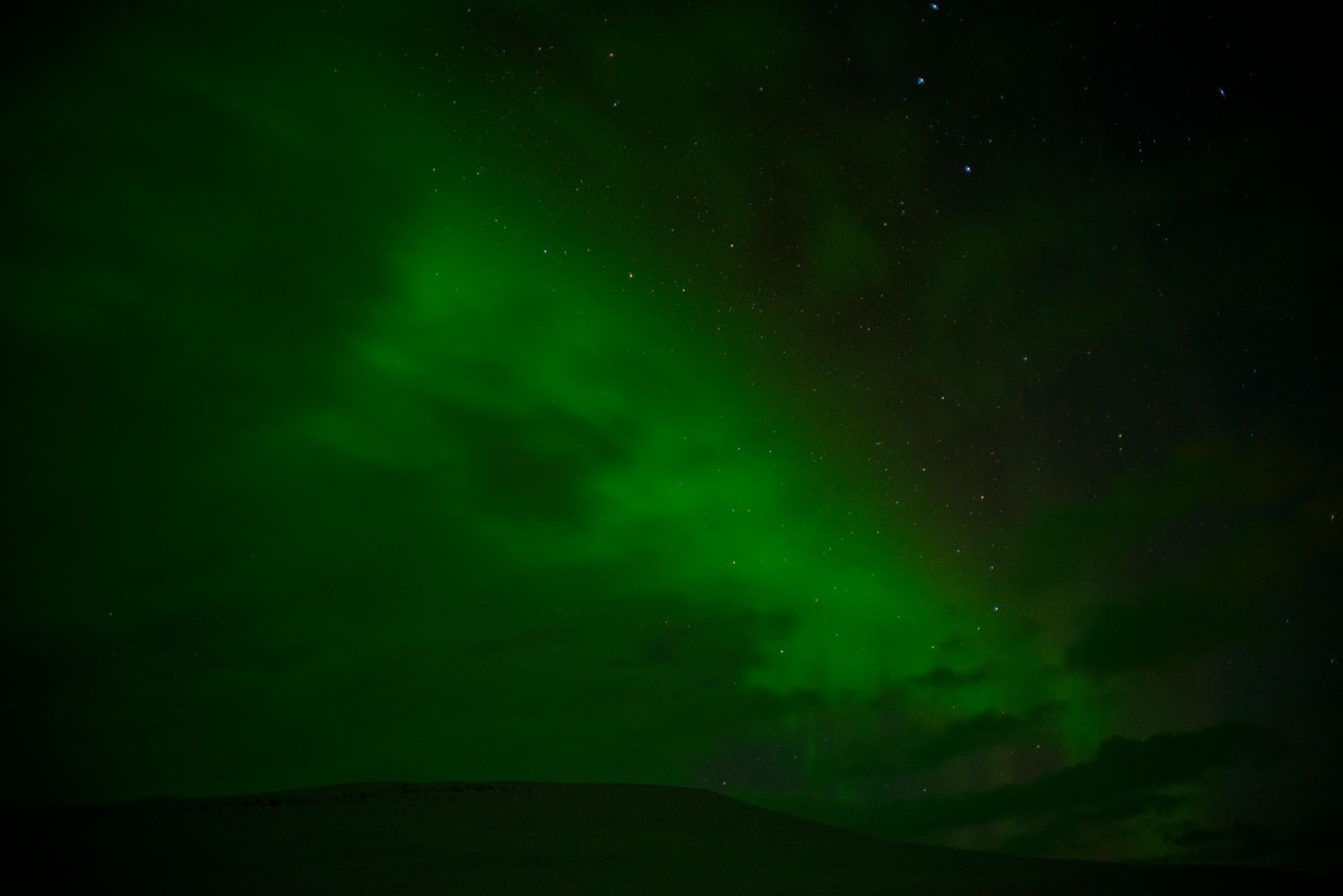FINNISH LAPLAND: NORTHERN LIGHTS
8 DAYS // MAR 30 – APR 6, 2016
ABOUT FINNISH LAPLAND
Lapland is located in Finland, Northern Europe. Lapland takes about a third of Finland's total area. Finland is located in Northern Europe within the region of Scandinavia. The 3 countries adjoining Finland are Sweden, Norway and Russia. The capital city of Finland is Helsinki located to the south of the country. The population of Finland is almost 5.5 million and it's main industries are currently electronics, metalwork, forestry and tourism.
What are the northern lights?
The bright dancing lights of the aurora are actually collisions between electrically charged particles from the sun that enter the earth's atmosphere. The lights are seen above the magnetic poles of the northern and southern hemispheres. They are known as "Aurora borealis" in the north and "Aurora australis" in the south.
Auroral displays appear in many colours although pale green and pink are the most common. Shades of red, yellow, green, blue, and violet have been reported. The lights appear in many forms from patches or scattered clouds of light to streamers, arcs, rippling curtains or shooting rays that light up the sky with an eerie glow
What causes the Northern lights?
The Northern Lights are the result of collisions between gaseous particles in the Earth's atmosphere with charged particles released from the sun's atmosphere. Variations in color are due to the type of gas particles that are colliding. The most common auroral color, a pale yellowish-green, is produced by oxygen molecules located 60 miles above the earth. Rare, all-red auroras are produced by high-altitude oxygen, at heights of up to 200 miles. Nitrogen produces blue or purplish-red aurora.
The connection between the Northern Lights and sunspot activity has been suspected since about 1880. Thanks to research conducted since the 1950s, we now know that electrons and protons from the sun are blown towards the earth on the "solar wind." The temperature above the surface of the sun is millions of degrees Celsius. At this temperature, collisions between gas molecules are frequent and explosive. Free electrons and protons are thrown from the sun's atmosphere by the rotation of the sun and escape through holes in the magnetic field. Blown towards the earth by the solar wind, the charged particles are largely deflected by the earth's magnetic field. However, the field is weaker at either pole and therefore some particles enter the earth's atmosphere and collide with gas particles. These collisions emit light that we perceive as the dancing lights or Northern Lights.
ABOUT Kilpisjärvi
In the scenic plateau of Kilpisjärvi, the steep cliffs of Saana rise up out of Lake Kilpisjärvi. The village of Kilpisjärvi has is a welcoming tourist centre that offers experiences in every season. The fell village is set amidst breathtaking scenery right on the border with Norway and Sweden. In this region are found the only fells in Finland that exceed 1,000 meters in height.
People
Traditionally known in English as Lapps or Laplanders, the Sami (also Sámi or Saami) are the indigenous Finno-Ugric people inhabiting the Arctic area of Sápmi, which today encompasses parts of far northern Norway, Sweden, Finland, the Kola Peninsula of Russia, and the border area between south and middle Sweden and Norway.
The Sami have pursued a variety of livelihoods, including coastal fishing, fur trapping, and sheep herding. Their best-known means of livelihood is semi-nomadic reindeer herding. Currently about 10% of the Sami are connected to reindeer herding and 2,800 are actively involved in herding on a full-time basis.
For traditional, environmental, cultural and political reasons, reindeer herding is legally reserved only for Sami people in certain regions of the Nordic countries.
LANGUAGE
Finland has two official languages: Finnish (91.5%) and Swedish (5.5%). Another official indigenous minority language is Sami (0.03%).
CLOTHING
Arctic weather conditions in Lapland can change quickly. Bring many layers of warm, comfortable inner wear such as long johns, long sleeved t-shirts, wool sweaters, pants, thin woolen or fleece gloves (ideal as a base layer under snowmobile gloves and thick wool socks.)
After you register, we will send you a detailed list of what to bring. You will have the opportunity to rent clothing for this trip. Don’t let the cold weather put you off for a Northern Lights trip if you don’t like the cold. If you dress accordingly, you won’t feel the cold.
FOOD and drink
Lapland will offer you heartly, rustic cuisine prepared with ingredients fresh from the surrounding forests and rivers. Reindeer and elk are obvious choices as are game birds such as grouse and capervaillie. Fresh fish, including salmon, grayling, brown trout, Arctic char and whitefish, is also a highlight. The water is so clear and pure that you can drink it straight from the mountain streams.
MONEY
Finland uses the Euro.
PASSPORT AND VISA REQUIREMENTS
Visitors from the USA do not need a visa if they are planning to stay in Finland and Norway. A valid passport is sufficient.
ELECTRICITY
The voltage is 220 volts. Travelers are advised to bring an adapter for two-prong, round-prong plugs with side grounding contacts.
Time Zone
The time zone in Finland is 2 hours ahead of Greenwich Mean Time (GMT). The time difference between Eastern U.S. Standard Time and Finnish Standard Time is 7 hours.




